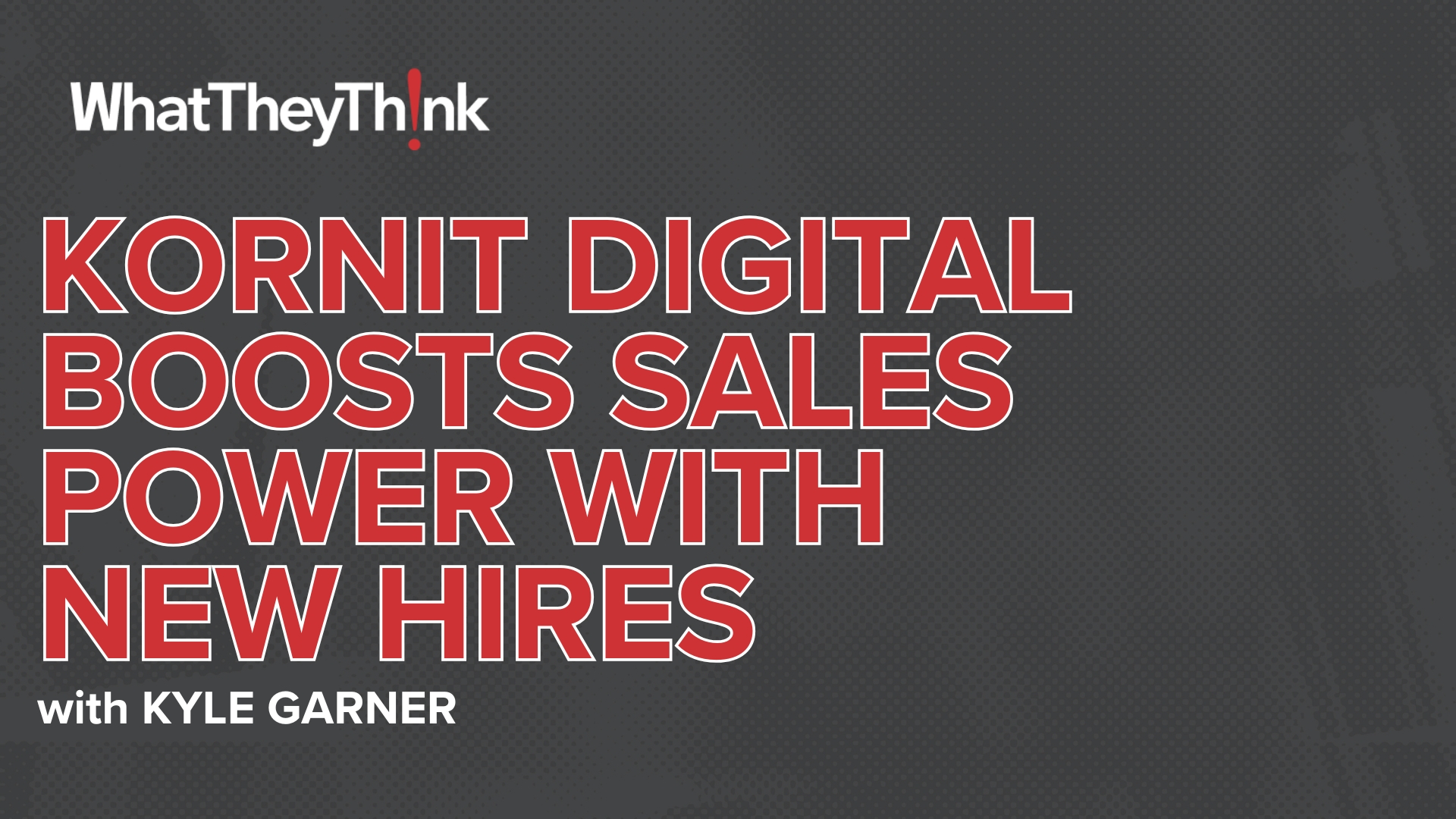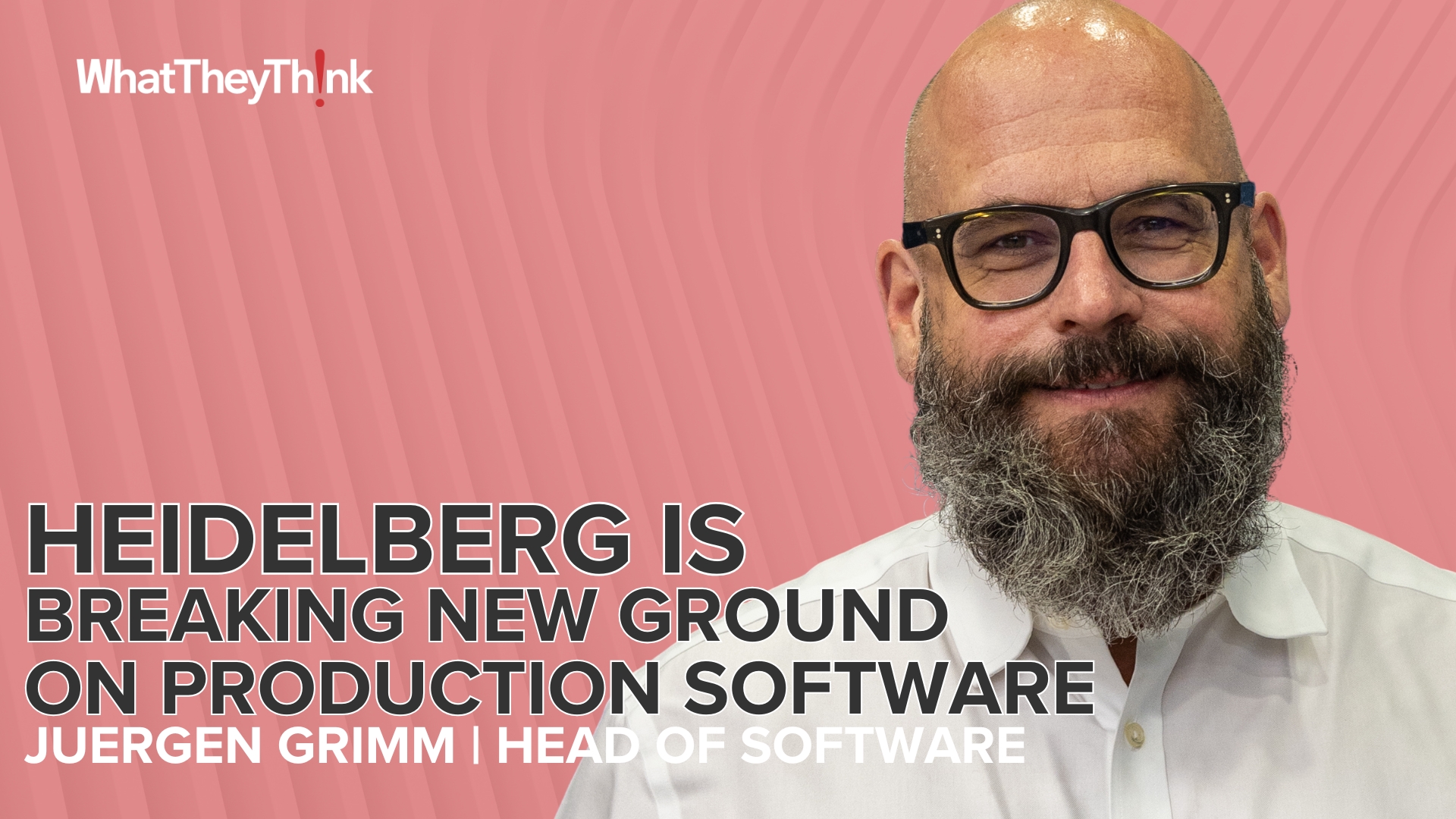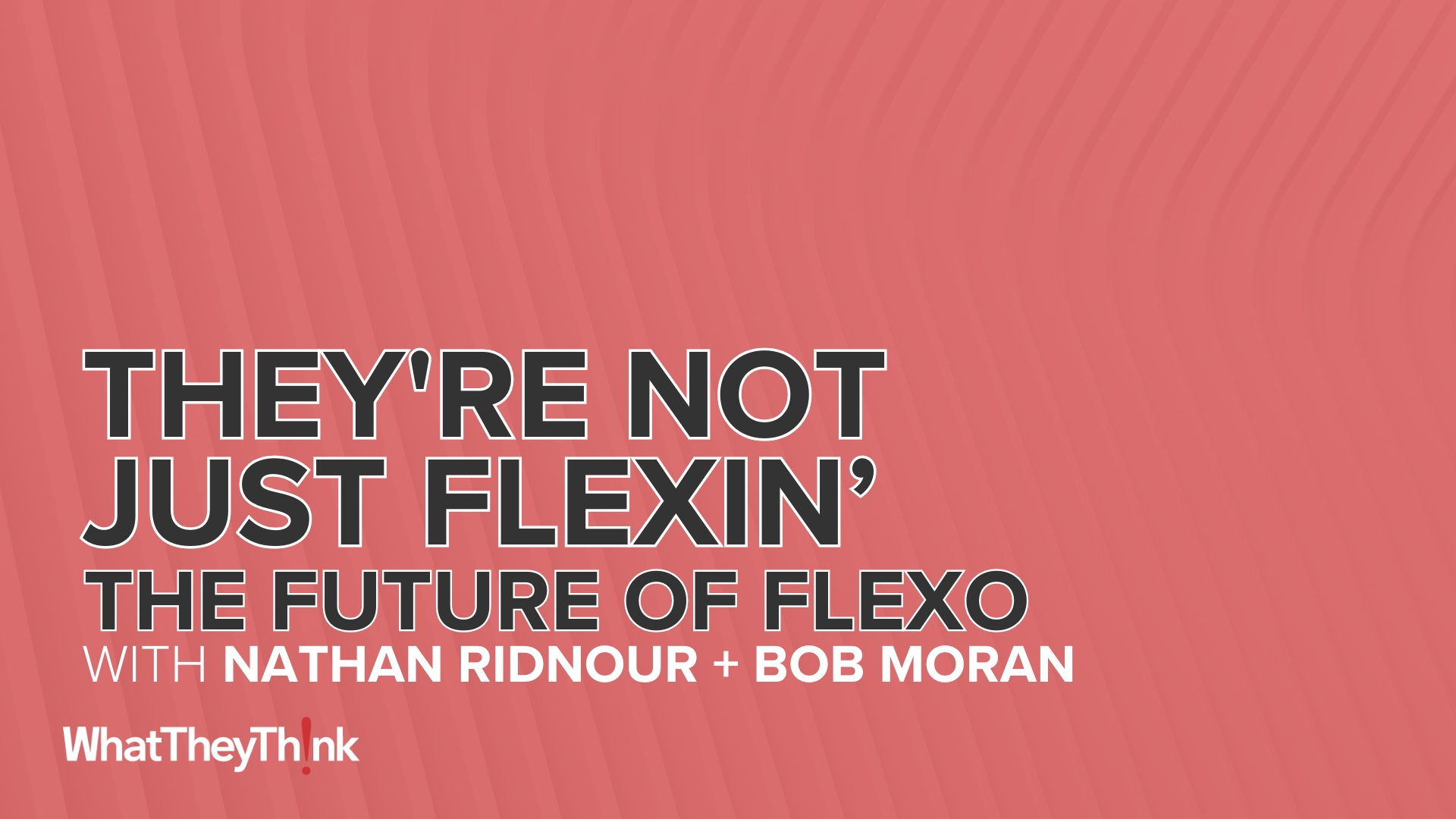- Clear and informative names and logos are more likely to stick in the minds of prospects who are narrowing down their choices.
- colors and shapes in branding create a strong visual identity that aligns with a brand's values, personality, and target audience.
- Taking control of your narrative, who you are, what you stand for, and how you create value can translate to brand equity.
By Karen Kimerer
Introduction
Because our world moves at lightning speed, even the most brilliant business owners can struggle to maintain a competitive edge. This is particularly true for providers of print and promotional products. These providers thoroughly understand the importance of their clients’ brands and purposes, to the point that they might sometimes overlook their own brands. When your brand blends into the landscape, it becomes difficult for prospective buyers to find you. Furthermore, the trust that is required to earn your business can be compromised if customers and prospects aren’t familiar with who you are.
A solid personal brand can help attract clients, build relationships, and close business. Think about your own favorite brands for a moment—they stand out from the competition, which makes them memorable. A well-known and trusted brand name can eliminate decision uncertainty when it comes time to select a product or supplier. Whether you're just getting started or need a complete refresh, it's vital that your messaging reflects your values, clarifies why you do what you do, and resonates with your intended audience. Putting thought into your brand now will pay off down the road as your business continues to evolve. With a strategic approach, you'll continue to see the benefits of increased visibility, credibility, and profitability.
Making a Good Impression
A personal brand reflects your company’s purpose and expertise. It enables you to align your professional life with your values and interests. The more your values and messaging resonate with your desired audience, the more loyal followers you will gain.
First impressions are everything—as human beings, we are wired to judge quickly based on limited information. Your company’s name and logo will often provide a first impression for prospects, be it through social media feeds like LinkedIn or review searches on Yelp. Your messages must be clear and straightforward because abstract messaging is difficult for viewers to absorb. Sometimes, less is more—this might be why certain brands with longer names eventually adopt initials or nicknames to achieve better recognition. William Shakespeare was on the right track when he stated in Hamlet that "brevity is the soul of wit." This implies that the ability to convey a message or express a purpose in a concise and clever manner reflects intelligence. It emphasizes the importance of choosing words carefully and being economical in your expression. If your brand includes complicated images or shapes, too many colors, and complex language, it won’t be easy to recall. Clear and informative names and logos are more likely to stick in the minds of prospects who are narrowing down their choices.
Shorthand is an effective method for immediately communicating the benefits of a brand. Especially in today's fast-paced, information-overloaded world, people have limited attention spans. Shorthand messaging enables brands to capture attention quickly and convey their value proposition in a concise and memorable way. It cuts through the noise and provides a clear, easily digestible message that will resonate with the audience. We see and use shorthand every day—we interpret that floppy disk image in the toolbar of our online documents as shorthand for "save," even though the format itself has long been obsolete.
Concise messaging, colors, and shapes play a key role in personal and business branding. McDonald's logo famously uses specific shades of red and yellow that are designed to increase heart rates, encourage impulse purchases, and stimulate hunger. Those easily identifiable Golden Arches symbolize a place of comfort and familiarity. This is just one example of how colors and shapes in branding are carefully chosen to create a strong visual identity that aligns with a brand's values, personality, and target audience. The printing industry is no stranger to these principles; these providers work with brands all day, every day. A good test for your personal brand is to run a Google Search of your product or company name. Do you show up with concise messaging, consistent images, and a clear purpose? If not, it’s time to consider some strategies for taking control of your brand.
Strategies for Enhancing Your Brand
Start by first understanding and then defining your strengths, values, and unique qualities. What makes you stand out, and what do you want to be known for? In other words, how would you prefer to show up in a Google search? This is the foundation of your personal brand.
Once you have a clear picture of how you’d like your audience to see you, it's important to understand who you want to reach and connect with. Awareness of your audience's needs and interests enables you to communicate with language and images that make sense to them. Your audience might be most interested in a brand that offers low prices, or it might prefer to do business with a firm that reflects sustainability and quality. Both types of messaging can work, but you'll likely have a hard time appealing to both groups with the same brand message.
Leaving it up to others to decipher your brand’s messaging can backfire, because you will only blend in with the sea of providers offering similar products and solutions. Taking control of your narrative, who you are, what you stand for, and how you create value can translate to brand equity. There’s no question that it takes work to quantify what your brand is worth, most business owners agree that brand equity is vital to business referrals and customer loyalty.
Credibility is crucial in self-branding as it establishes trust, builds reputation, and influences how others perceive and interact with your brand. This means that self-branding continues beyond a memorable name and logo. Maintaining consistency in your actions, messaging, and behavior reinforces your credibility. When your words align with your actions and consistently represent your brand’s authentic self, people will come to perceive you as genuine and trustworthy.
Creating a solid online presence through platforms that align with your brand and target audience is an excellent place to start. This can include professional networking platforms like LinkedIn, a personal website or blog, social media accounts, and industry-specific platforms. This might seem obvious, but many professionals forget to optimize their social media profiles with concise messaging and high-quality images that properly represent their brand identity. According to Constant Contact, the average open rate for e-mail is about 17%, with an even lower click-through rate. This means that if you rely only on e-mail to inform and inspire your audience, 83% of the people you e-mail will never get to experience your brand. If you want to become the brand they turn to, take note of the questions that they’re asking, then respond with thoughtful posts that demonstrate your value. Consistency in your branding, including imagery, tone, and messaging, defines how your audience perceives you.
Visibility and credibility go hand in hand. The good news is that you can build and maintain a strong and credible personal brand by consistently delivering value, demonstrating expertise, acting with integrity, and managing your reputation. More importantly, customers are willing to pay more for brands that align with their values, evoke positive emotions, and offer a sense of belonging or aspiration. To put this another way, consumers believe that strong brands offer higher value and are willing to pay a premium for products or services that meet their expectations.
The Bottom Line
The thought of building a personal brand can be intimidating. It means putting yourself out there and actively engaging with customers while showcasing your values and beliefs. Individuals who excel at personal branding understand that they hold complete responsibility and accountability for their business and its image. In today's ultra-connected world, creating and nurturing your brand is no longer just an option—it’s a necessity. Take advantage of today’s connectivity opportunities to establish yourself as an industry leader!
As part of the Business Development Strategies Consulting Service at Keypoint Intelligence, Karen Kimerer has experienced the many challenges of expanding current market opportunities and securing new business. She has developed a systematic approach to these opportunities, addressing the unique requirements of becoming a leader in our changing industry.














